Can Crypto Trading Bots Replace Professional Traders?
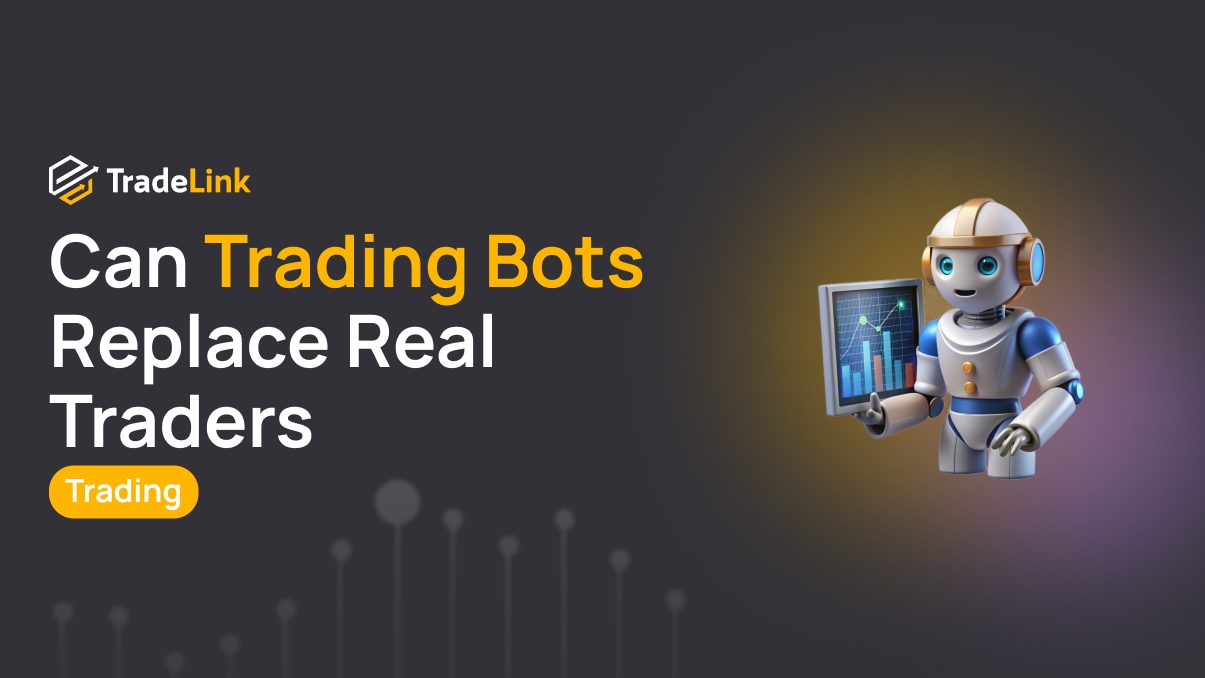
Contents
- Introduction
- What Are Cryptocurrency Trading Bots
- Advantages of Using Bots
- Limitations and Drawbacks of Bots
- Comparison of Bots and Professional Traders
- The Future of Automation in the Crypto Market
- Conclusion
Introduction
Automated cryptocurrency trading is developing at a rapid pace. Cryptocurrency trading bots have gained popularity among retail investors and teams developing algorithmic solutions. Their appeal is understandable: the software operates without pauses, executes rules precisely, and is not subject to emotional influences. Against this backdrop, the natural question arises: are such systems capable of competing with humans, and where is the line between the confrontation of “bot versus trader” and the possibility of their collaboration?
What Are Cryptocurrency Trading Bots
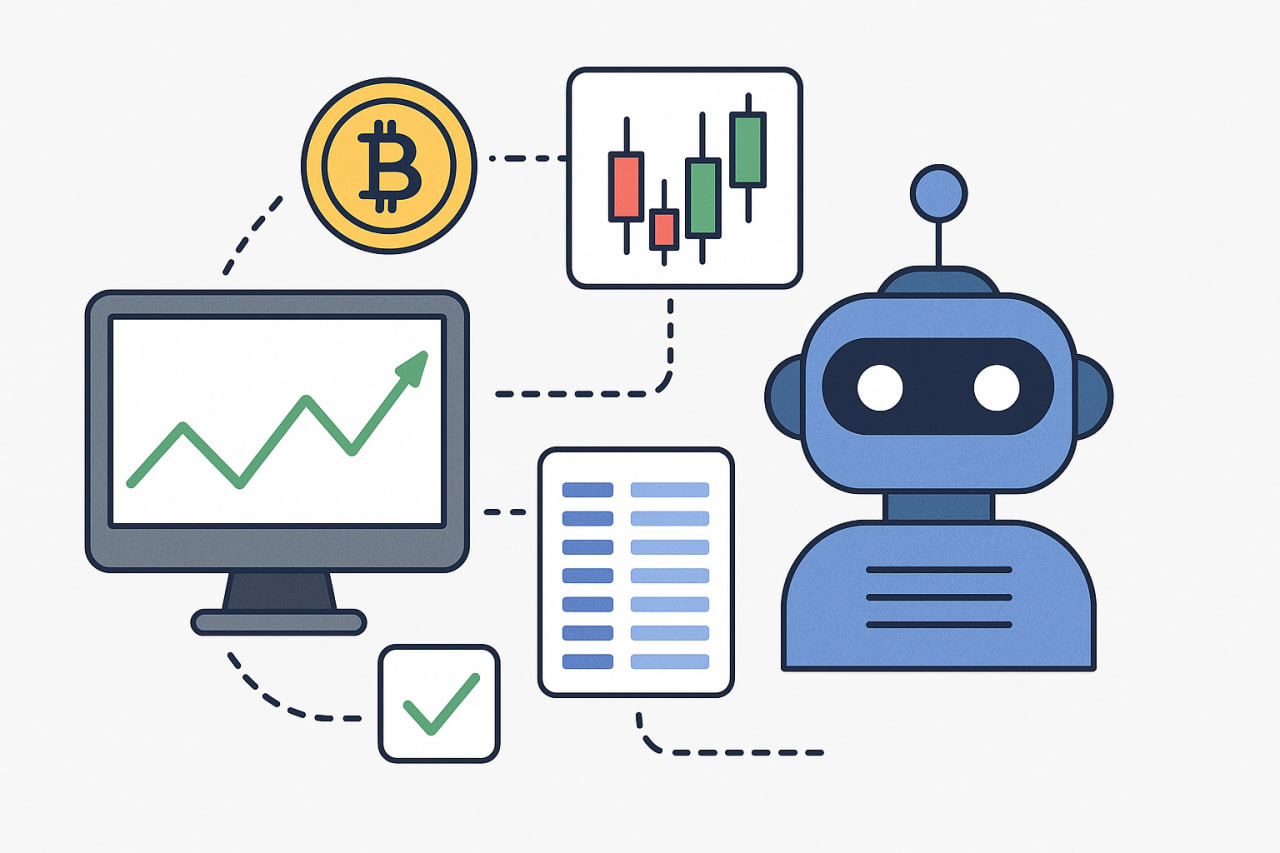
A cryptocurrency trading bot is a program that connects to an exchange via API and submits orders according to predefined rules. It reads price, volumes, order book data, and other information, and then acts according to the scenario. The main goal is to execute the plan without delays and human errors.
Common Types of Bots
-
Rule-based — operate on clear conditions: “if A, then buy; if B, then sell”
-
Indicator-based — make decisions based on signals from moving averages, RSI, and levels
-
Market-making — maintain quotes on both sides of the order book and profit from the spread.
-
Arbitrage — search for price differences between exchanges and instruments
-
AI-enhanced bots —recognise patterns and adapt parameters to market conditions
These solutions belong to the category of automated trading. They do not think like humans, but execute algorithms consistently and maintain systematic operations.
How Algorithms Work
The operation of an algorithm is built on a sequence of steps:
-
Data collection: quotes, volumes, order book, news, with basic evaluation
-
Signal generation: entry and exit conditions — level breakout, moving average crossover, volume impulse
-
Risk control: position size, stop-loss, profit target, limits on a series of losing trades
-
Execution: choice of order type and speed of submission, taking liquidity into account
-
Performance evaluation: key metrics — profit over a period, drawdown, risk/reward ratio, percentage of rules followed
An algorithm can function as a complete strategy (grid, trend-following, market-making) or as a set of modules, with each one responsible for its own task. The foundation remains a clear rule, rather than intuition, and consistency, rather than emotional decisions.
Advantages of Using Bots
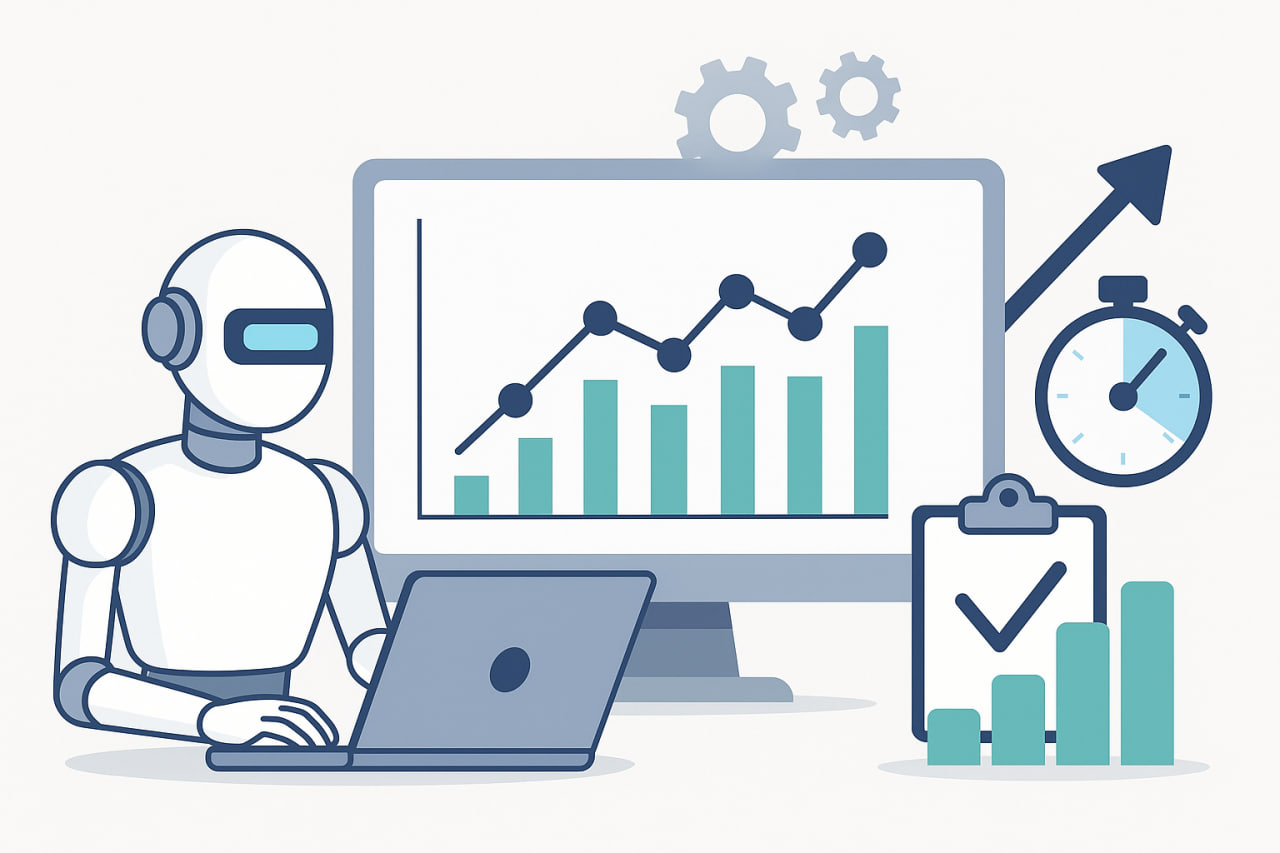
Cryptocurrency trading bots enhance the process through precise rule execution and steady workflow. Their key advantages include:
-
Consistent strategy execution without deviation from set conditions
-
Minimal delay in signal processing and high reaction speed
-
Adherence to risk management principles (position size, stop-loss, profit target)
-
Ability to manage multiple instruments simultaneously
-
24/7 continuous operation, which is especially important for arbitrage strategies and market making
-
Backtesting ideas on historical data and in demo environments before entering the real market
Thanks to these features, automated solutions help reduce the number of impulsive trades, minimise the influence of emotional factors, and maintain risk control even during periods of high market activity.
Strategy Testing
Before launching on the real market, it is recommended to test strategy rules on historical data. Backtesting enables the evaluation of how the system performs in various market phases, including trends, sideways movement, and periods of high volatility. Afterwards, it is helpful to test the strategy in a demo environment to monitor execution without risking capital.
Helpful steps in testing include:
-
Backtesting with commissions and slippage taken into account
-
Using an out-of-sample dataset to avoid overfitting to past data
-
Maintaining a trading journal with key metrics (profit, drawdown, percentage of rule compliance)
-
Adjusting parameters to align with specific risk/reward goals
This process helps optimise the algorithm even before launch and ensures quality control once trading in live markets begins.
Limitations and Drawbacks of Bots
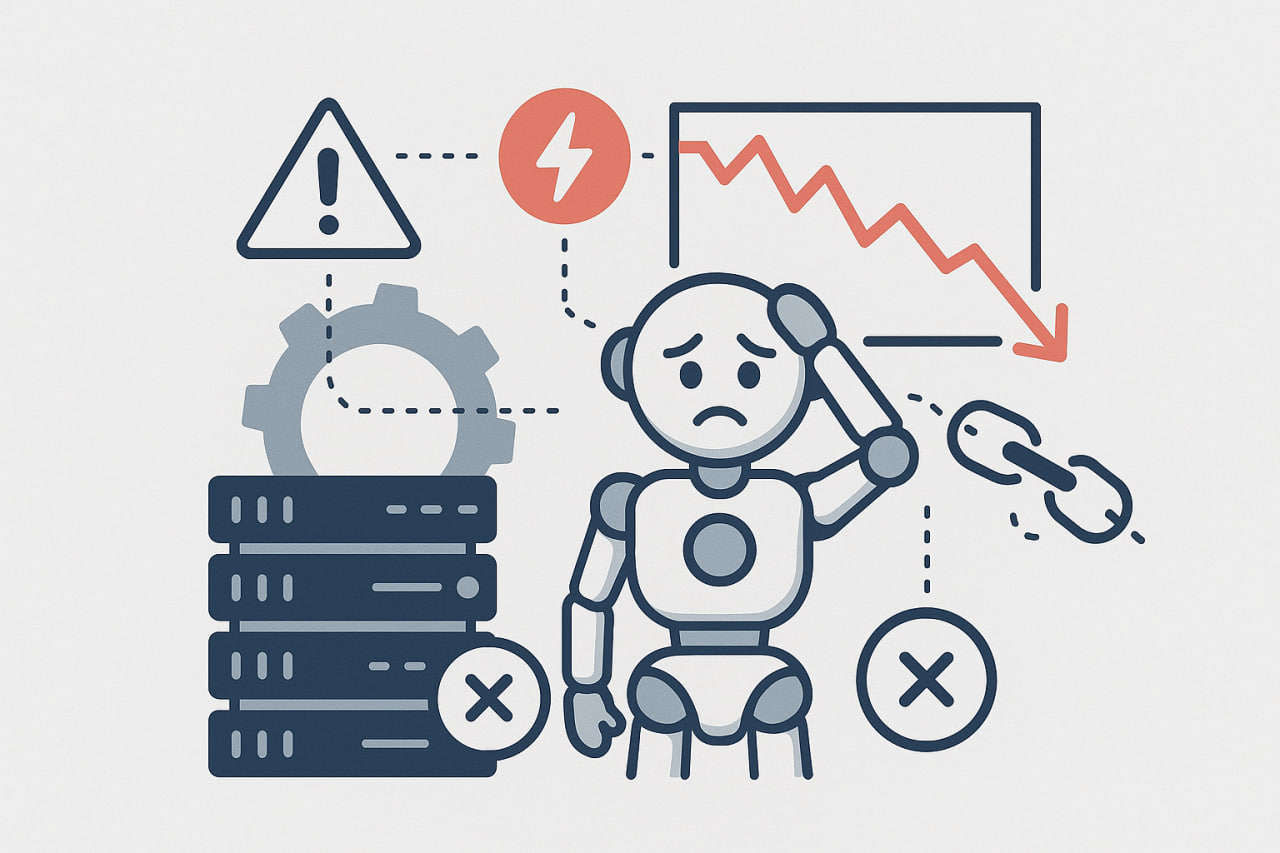
Cryptocurrency trading bots are not a simple universal solution. Algorithmic trading is based on code and rules. When the market changes its behaviour, the bot continues to operate according to the set logic and may accumulate losses. Therefore, it is essential to consider the limitations of automation and maintain risk control in the trader’s hands. The theme of “bot versus trader” is especially evident here: the machine executes actions, but the responsibility for boundaries and conditions remains with the human.
Dependence on Algorithms and Settings
The effectiveness of a bot directly depends on the quality of its rules and parameters. An error in logic can turn execution speed into a sequence of systemic errors.
Typical mistakes include:
-
Stop-loss set too tight and leverage set too high
-
A universal set of parameters applied across all pairs and timeframes
-
Overfitting to historical data (good results in testing, but weak performance in live trading)
-
Ignoring commissions, spreads, and slippage
What helps:
-
Separate tests on independent datasets and demo-mode verification
-
Limits on a series of losing trades and a daily “stop button”
-
Different parameter profiles for assets with varying volatility
-
Regular parameter reviews according to a calendar, not only after losses occur
Risk of Technical Failures
Automated trading relies on robust infrastructure, and any weak point can significantly impact results.
Primary sources of risk:
-
Coding errors and incorrect handling of rare cases
-
Connection interruptions, API response delays, and request limits
-
Special exchange modes: partial fills, cancellations, trading pauses
-
Time desynchronization, rounding inaccuracies, and server clock failures
Practical protective measures:
-
Server duplication and exchange status monitoring
-
Safeguards: daily loss limits, auto-pause, forced closure
-
Event logging and real-time notifications
-
Manual override capability to quickly turn off the bot and close positions
Lack of Flexibility in Non-Standard Situations
Generally, bots do not take context into account. Sudden news, asset delisting, sharp liquidity shifts, or a stablecoin collapse can disrupt the usual rhythm. The algorithm continues to operate according to the predefined scheme and may open positions where human caution would be more appropriate.
Particularly vulnerable situations include:
-
Periods of heavy news flow
-
Trading in low-liquidity assets
-
Sharp gaps and cascading liquidations in derivatives
How to reduce vulnerability:
-
Use volatility filters and news calendars
-
Exclude trading during nighttime hours for illiquid pairs
-
Limit trade frequency and set strict leverage caps
-
Apply manual supervision during periods of critical volatility
In general, automation accelerates processes but cannot fully replace common sense. The limitations of crypto bots are evident; therefore, an effective system must include both algorithms and clear rules for human oversight.
Comparison of Bots and Professional Traders
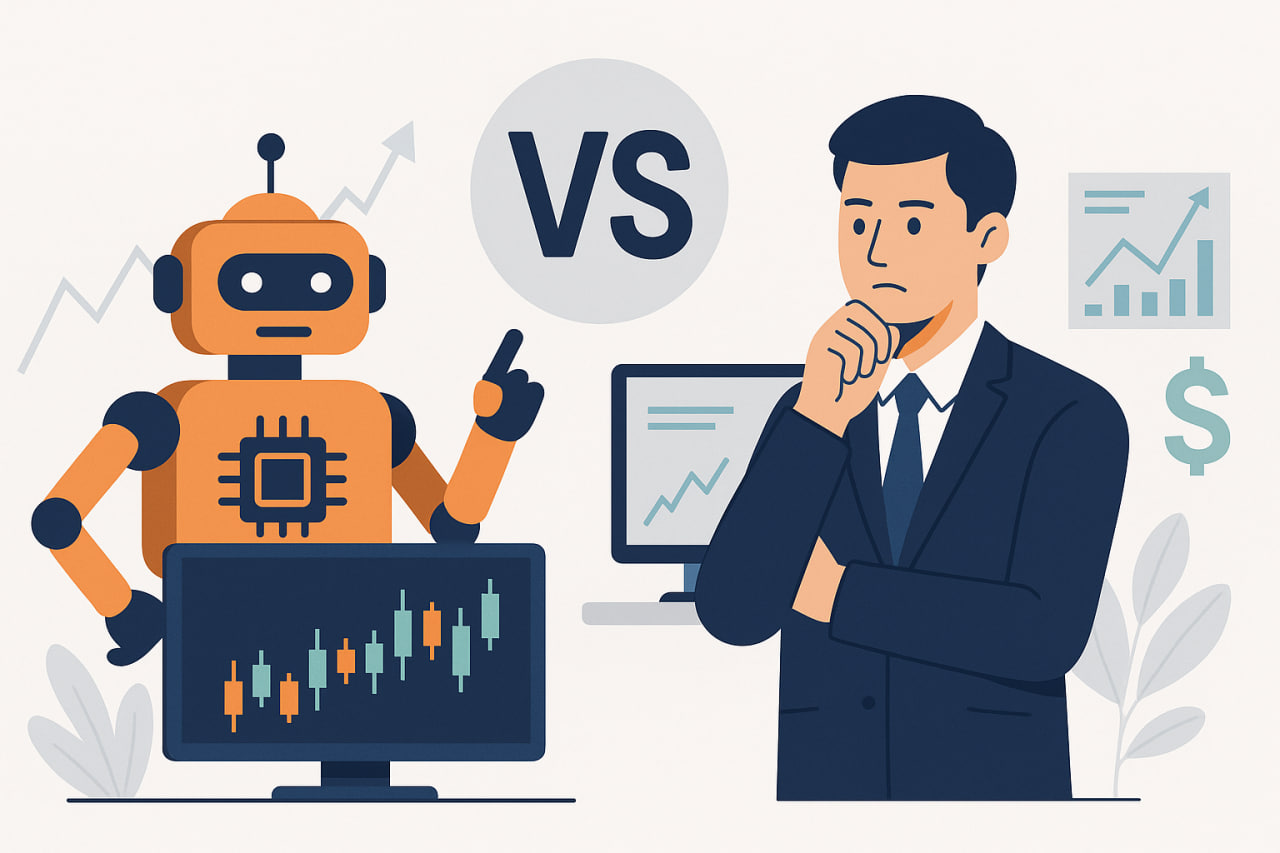
The topic of “bot versus trader” remains a subject of debate. Automated cryptocurrency trading is developing rapidly, and a natural question arises: Will algorithms eventually be able to replace humans fully? To evaluate this aspect, it is helpful to compare the strengths and weaknesses of both sides.
Where Bots Are Stronger Than Humans
Cryptocurrency trading bots are particularly effective where high processing speed and strict rule adherence are required. They instantly respond to signals, can analyse dozens of charts simultaneously, and are resistant to emotional factors. For clarity, let’s compare the main characteristics:
Criterion | Bots | Humans |
Reaction speed | Milliseconds, orders executed almost instantly | Seconds or minutes, possible delays |
Data processing | Simultaneous analysis of dozens of charts and hundreds of signals | Limited by attention and time |
Emotions | Generally not subject to stress and impulsive decisions | Subject to emotional pressure |
Discipline | Strictly follow the given algorithm | Possible deviations under emotional influence |
Continuity | 24/7 operation | Limited by time and resources |
Thanks to these qualities, automated trading is most often effective in high-frequency strategies, arbitrage, and scalping. However, there remain areas where humans retain significant advantages.
Where Traders Remain Stronger
Despite the development of algorithms, professional traders possess unique qualities that are still difficult to formalise in code:
-
Flexibility. Humans adapt more quickly to non-standard situations, whereas algorithms are confined to predefined conditions.
-
Creative thinking. People can generate new ideas, combine trading styles, and develop unconventional approaches.
-
Strategic vision. Traders consider news, fundamental factors, and market psychology—elements not always possible to encode in an algorithm.
-
Experience. The ability to read charts and understand market dynamics enables humans to make more informed decisions in complex conditions.
Moreover, experience becomes more valuable when supported by numbers. Detailed analytics of results provide traders with clear indicators, including real-time profitability, drawdown depth, risk-reward ratio, and discipline in execution. This enables the objective evaluation of a strategy, identification of weaknesses, and the development of a trading style based on facts rather than intuition.
The Future of Automation in the Crypto Market
As technology advances, trading automation will continue to evolve and become increasingly robust. In the coming years, several key trends can be identified:
-
Growth of AI. Artificial intelligence and machine learning will create more adaptive systems that can learn from new data.
-
Hybrid models. Increasingly, strategies will follow the “human + bot” principle, where algorithms handle routine tasks and the trader makes key decisions.
-
Evolution of the trader’s role. The primary focus will shift toward monitoring, analysing, and adjusting automated strategies.
The debate over whether bots can surpass traders is gradually transforming into the search for an optimal balance between machine and human.
Conclusion
Cryptocurrency trading bots have become a crucial tool, offering speed, scalability, and consistency. However, they are still not capable of entirely replacing human experience and flexibility. The most effective approach is collaboration: algorithms handle routine processes, while humans design strategy and adapt to change. This combination will define the future of the crypto market.